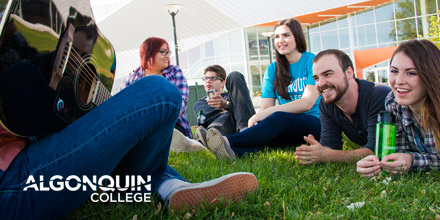Test & Practice: Looking At A Study About Great Studying

A study called “Improving Students’ Learning With Effective Learning Techniques” and published in “Psychological Science in the Public Interest,” looked at the most commonly used learning techniques and concluded the following are the best practices for studying:
- 1. Practice testing
Any form that allows students to test themselves, including using actual or virtual flashcards, doing problems or questions at the end of textbook chapters, or taking practice tests.
Practice testing should be completed as a low-stakes or no-stakes practice or learning activity outside of class.
- 2. Distributed practice
Studying material over a number of relatively short sessions. Students mass much of their study prior to tests and believe that this popular cramming strategy is effective.
Although cramming is better than not studying at all in the short term, given the same amount of time for study, would students be better off spreading out their study of content?
The answer to this question is a resounding “yes.”
Algonquin College will help you with your study techniques. Our Student Learning Centre encourages students to engage actively and critically in the learning process, supporting areas such as English, math, and computer skills.
Our library offers great studying resources. Be sure to check out Algonquin’s library on Twitter for the latest info.
As well, Peer Tutoring joins current students who are having academic challenges with trained students for one-to-one tutoring.
You can identify your ideal study space (quiet, noisy, etc.) and find a matching spot on campus. Check out the variety of rooms available on our campus for silent study, group work and everything in between.
If you put in the effort, your study techniques become a useful reflex, resulting in improved grades, greater career-path options, and a competitive edge in the job market.
Subscribe to our newsletter
